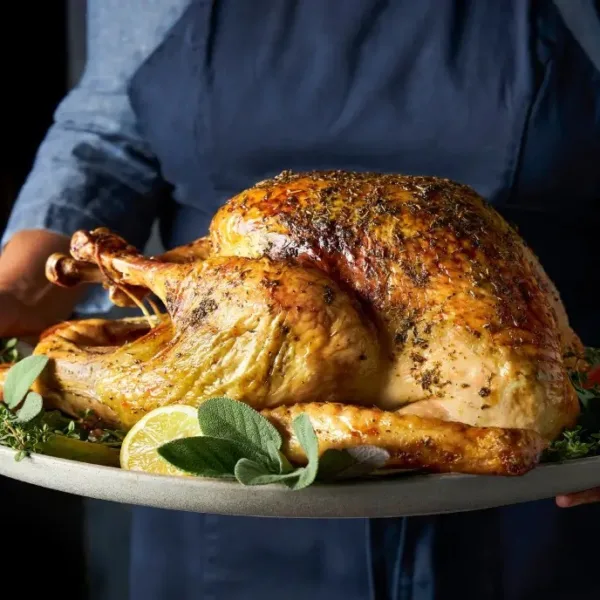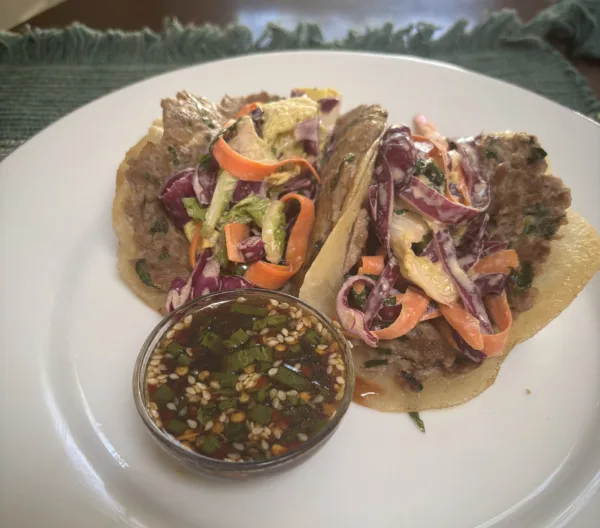What You Should Know About Bird Flu

Updated 2/12/25
There’s been a lot of talk about bird flu lately, and we want to set the record straight—without setting off alarms. While this virus is a serious issue in the poultry world, we want to reassure you that our poultry and dairy partners remain unaffected, and we’re doing everything possible to keep it that way. Walden pasture-raised poultry and eggs are naturally less susceptible than the factory farmed birds crammed into industrial barns.
But that doesn’t mean we’re out of the woods. We’re keeping a close eye on the situation and our suppliers are already taking extra precautions.
Here’s what’s important to understand:
How Bird Flu Spreads
Bird flu spreads primarily through wild birds—especially waterfowl—which can carry the virus without getting sick.
In factory farms, where tens of thousands of birds are packed together, an outbreak is devastating and nearly impossible to contain. That’s why industrial suppliers rely on chemical sprays, sterilized boots, and strict decontamination zones.
Pasture-raised birds like ours, on the other hand, live in fresh air and sunshine, with plenty of space to roam. This environment makes them less vulnerable than their factory-farmed counterparts because they aren’t stressed, overcrowded, or breathing the same recycled air.
Our Actions
That said, we’re not taking any chances. Our farmers are stepping up biosecurity efforts, from monitoring wild bird activity to restricting outside farm visitors.
Beyond standard hygiene practices, Walden farm partners are going above and beyond:
- Limiting outside contact—Pausing non-essential visitors and keeping flocks isolated from unnecessary traffic
- Monitoring for state advisories—Adjusting practices as needed based on regional risk updates
- Keeping an eye on migratory birds—Wild waterfowl are a primary vector, so our farmers are actively watching for risk factors
- Storing feed and litter safely—Minimizing exposure to wild birds and other potential carriers
- Swabbing testing flocks regularly—All birds are enrolled in an HPAI monitoring program starting at 4 weeks old
- Training and sanitizing—All employees receive bird flu prevention training, and farm vehicles are disinfected daily
Here’s where things get a little more unexpected—avian flu isn’t just affecting chickens. In early 2024, cases of bird flu were detected in dairy cattle, a rare but concerning development. While the virus primarily affects birds, some cows in affected herds have shown symptoms like reduced milk production and mild illness.
In dairy, pasteurization kills the virus. So for small-scale, pasture-based dairies who use pasteurization — like the ones in Walden’s network — the risk to humans remains very low.
Regulators are monitoring the situation closely, and dairy producers are stepping up biosecurity to prevent further spread. But just like with poultry, we’ll keep an eye on the situation and update members if anything changes.
What This Means for You
Most importantly, bird flu does not pose a direct risk to your health. Sick birds never enter the food supply. Infected flocks are quickly culled, and cooking poultry to USDA-recommended temperatures eliminates any potential concerns.
For now, Walden’s poultry and dairy remain unaffected, and we’ll keep you updated if anything changes. If you’d like to dive deeper into industry best practices, check out these resources:
Related Posts

Grass-Fed Classic Eggnog
A rich and creamy eggnog made with Walden’s milk and eggs.

Cooking Your Pasture-Raised Turkey
The difference between a Thanksgiving turkey raised outdoors on pasture and one raised inside in confinement is significant.

Smash Dumpling Tacos with Walden Pork
A novel (and delicious!) way to use ground pork in your weeknight rotation.